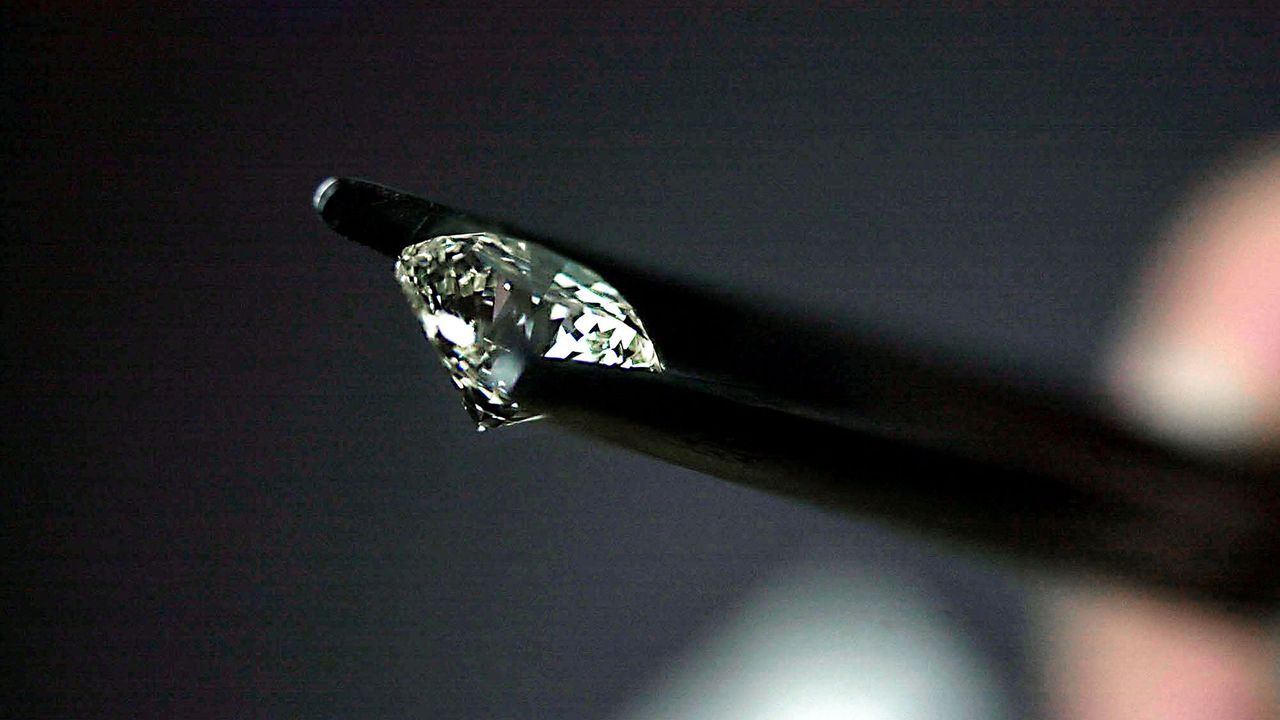
1. Introduction
Lab-grown diamonds have swiftly captured the spotlight in the jewelry industry, revolutionizing the age-old perception of diamonds as nature’s exclusive bounty. But what exactly are lab-grown diamonds, and what makes them increasingly coveted in today’s market?
1.1 What are Lab-Grown Diamonds?
Lab-grown diamonds, also known as synthetic or cultured diamonds, are precisely what the name suggests: diamonds grown in a laboratory setting rather than extracted from the earth’s crust through traditional mining processes.
1.2 Rise of Lab-Grown Diamonds
In recent years, lab-grown diamonds have witnessed a remarkable surge in popularity, challenging the dominance of their natural counterparts. This shift is driven by various factors, including advancements in technology, ethical concerns surrounding traditional diamond mining, and shifting consumer preferences.
2. The Science Behind It
2.1 How Lab-Grown Diamonds are Created
The process of cultivating diamonds in a laboratory involves replicating the natural conditions under which diamonds form deep within the Earth’s mantle. High-pressure, insider story of lab grown diamonds better, high-temperature (HPHT) and chemical vapor deposition (CVD) methods are commonly employed to initiate diamond growth from a tiny diamond seed.
2.2 Quality and Properties
Contrary to misconceptions, lab-grown diamonds exhibit the same physical, chemical, and optical properties as natural diamonds. Through meticulous control over the growth process, manufacturers can produce diamonds of exceptional quality, often surpassing the clarity and color consistency found in mined diamonds.
3. Economic and Environmental Impact
3.1 Cost Comparison
One of the most compelling advantages of lab-grown diamonds is their affordability relative to natural diamonds. With streamlined production processes and reduced overhead costs, lab-grown diamonds typically retail at a fraction of the price of their mined counterparts, making them an attractive option for budget-conscious consumers.
3.2 Environmental Sustainability
Beyond cost considerations, lab-grown diamonds also offer significant environmental benefits. Unlike traditional diamond mining, which entails extensive land disruption, energy consumption, and carbon emissions, lab-grown diamond production is inherently more sustainable, minimizing ecological footprint and preserving natural resources.
4. Ethical Considerations
4.1 Addressing Human Rights Issues
One of the most notorious concerns associated with natural lab diamonds mining is its association with human rights violations, particularly in regions where diamond extraction fuels conflict and exploitation. By opting for lab-grown diamonds, consumers can ensure that their purchase is untainted by such ethical dilemmas, contributing to a more socially responsible industry.
4.2 Conflict-Free Guarantee
Furthermore, lab-grown diamonds come with a built-in guarantee of being conflict-free, providing peace of mind to conscientious buyers who prioritize ethical sourcing and transparency in their purchasing decisions.
5. Popularity Among Consumers
5.1 Millennial and Gen Z Preferences
Lab-grown diamonds resonate particularly well with younger generations, namely millennials and Gen Z, who value authenticity, sustainability, and ethical practices in the products they buy. This demographic shift has spurred a surge in demand for lab-grown diamonds, prompting traditional jewelers to adapt to evolving consumer preferences.
5.2 Celebrity Endorsements
Moreover, the endorsement of lab-grown diamonds by prominent celebrities and influencers has further propelled their mainstream acceptance, shaping perceptions and driving adoption across diverse demographics.
6. Challenges and Future Prospects
6.1 Market Acceptance
Despite their burgeoning popularity, lab-grown diamonds still face challenges in gaining widespread acceptance within the jewelry industry. Overcoming entrenched perceptions and dispelling myths surrounding lab-grown diamonds will be crucial in fostering greater market adoption and consumer confidence.
6.2 Technological Advancements
However, with ongoing advancements in diamond synthesis technology and manufacturing processes, the future prospects for lab-grown diamonds appear exceedingly promising. Continued innovation holds the potential to further enhance the quality, scalability, and cost-effectiveness of lab-grown diamond production, consolidating their position as a viable alternative to mined diamonds.
7. Conclusion
In conclusion, the insider story of lab-grown diamonds unveils a fascinating narrative of innovation, sustainability, and ethical consciousness reshaping the jewelry landscape. As consumers increasingly prioritize transparency, value, and social responsibility, lab-grown diamonds emerge as a shining symbol of progress, offering a sparkling testament to the power of human ingenuity.






